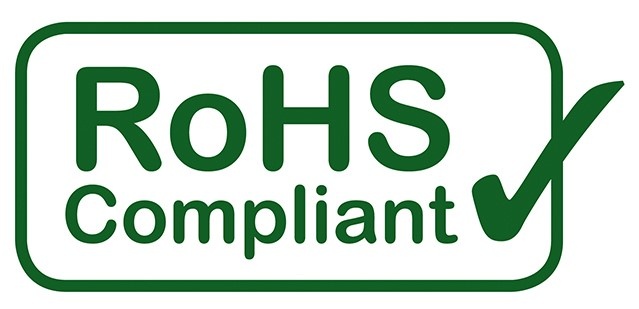RoHS 2 Compliance & Directives Checklist
In 2006, the European Union rolled out a directive restricting the use of certain hazardous chemicals. This directive, Restriction of Hazardous...

It seems simple enough. If you’re a manufacturer who uses electronic components to build your products for American or international markets, you need RoHS 3 compliance. The U.S., China, and other countries have established electronics manufacturing standards on dangerous materials, closely styled after the EU’s Restriction of Hazardous Substances.
Although they’re all aimed at enhancing safety, the regulations in these so-called RoHS-compliant countries vary enough that you should be paying attention.
The RoHS 3 directive, the most recent from the EU, has been in effect since July 22, 2019. It adds four compounds to the list of RoHS banned substances, bringing the total to 10:
Here’s a brief breakdown of RoHS-style rules from around the world.
RoHS requirements in the United States came to exist when California implemented restrictions on just four of the substances listed in RoHS 3:
The limits apply only to video displays. Since the California RoHS law went into effect in 2007, other states have followed suit with RoHS-style regulations, including Illinois, Minnesota, Colorado, Wisconsin, Indiana, Rhode Island, New Mexico, and New York.
Only the first six substances make it onto Japan’s restricted substances list, leaving off the phthalates (which were added in RoHS 3 standards). The designated concentrations of the substances are the same as the EU’s RoHS roster.
Like Japan, China focuses on the first six substances, requiring that a Environment Friendly Use Period sticker, produced only in Chinese, is applied. The sticker reveals how many years it will take for the RoHS substances to pose a hazard to health or environment.
Again, the first six substances come into play. Korea holds to EU standards for these materials for vehicles and other products. The emphasis in this country is on design improvements that make the products more environmentally friendly.
Although Taiwan follows EU standards for the first six substances, it does allow products that exceed hazardous material limits -- with a disclaimer. In cases where the substance exceeds limits, a Table of Presence Condition of Restricted Substances must be visible on the product, packaging, and user’s manual.
Like the California RoHS law, Singapore’s RoHS-style rules apply to a limited range of products, including:
The first six substances on the EU list are prohibited in these products.
All 10 hazardous substances from the EU RoHS list make it into Ukraine’s directive. It also keeps the EU’s product categories and RoHS exemptions, such as the use of lead in medical equipment.
India restricts the same six substances that top the EU RoHS list. The country also requires adherence to the same threshold amounts.
However, the products covered differ. India regulates the following categories, but only to an extent:
Lead is the only common element in the EU RoHS and the Norway Technical Regulation Decree No. 139 list of restricted substances. Instead, Norway includes:
Norway’s standards also lower the lead threshold from 0.1% to 0.01%.
Armenia, Kyrgyzstan, Russia, Belarus, and Kazakhstan, which make up the Eurasian Economic Union, have adopted regulations along the lines of the EU’s RoHS 3.
Although not complete, this catalog of RoHS compliance requirements from various countries shows how tricky it can be to navigate the regulations. Your electronics contract manufacturer is a good starting point for the information you need for getting your product to the right markets -- legally.
To learn about other regulations and standards you might come across during production, check out the free e-book below:

In 2006, the European Union rolled out a directive restricting the use of certain hazardous chemicals. This directive, Restriction of Hazardous...

Confused about REACH vs. RoHS compliance? You’re not alone. These two sets of electronics manufacturing guidelines were born from the European...

For those in the electronics manufacturing supply chain, RoHS compliance is a big deal. Hopefully you’ve treated it as such well in advance of the ...